Can’t seem to get the iMessage app working on your Mac?
This is a frustrating situation, especially when you need to send a message with file attachments stored in your Mac for work or school. Not only that, but several users have also reported that they find a little red exclamation mark symbol that appears right next to their messages, and clicking on it doesn’t resend the message nor indicate if something has gone wrong.
The essential part of troubleshooting this problem is to know where to start, which this guide is written specifically to guide you step-by-step in the right direction. The guide is sorted from the most basic to the more advanced procedures which ensures that you do not jump into the deep side of the pool yet unnecessarily without checking the more common factors off the list.
Let’s dive right in!
1. Test Your Connection.
When you’re network connection is not working correctly, iMessage won’t work as well since it needs stable internet. To confirm this, use the Terminal to check the quality of your network.
Here’s what you need to do:
- First, press the Command + Space keys on your keyboard to open Spotlight Search.
- After that, look for the Terminal and run it.
- Lastly, type ‘networkquality‘ and hit Enter.
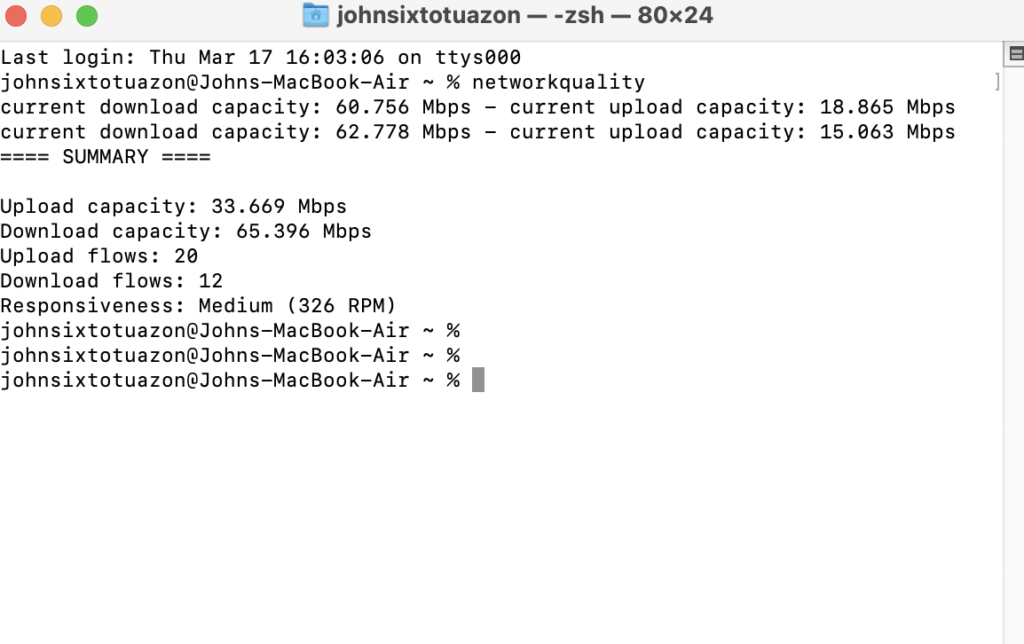
Now, observe if you’re getting the correct bandwidth indicated on your plan. If not, head to the next solution.
2. Restart Your Network.
If you’ve confirmed that your network is the problem, we suggest restarting your router or modem to re-establish the connection between your device and your service provider’s servers.
To do this, unplug your router’s power cable from the outlet and let it rest for 5 to 10 seconds. Once done, reconnect the power cable to restart your router.
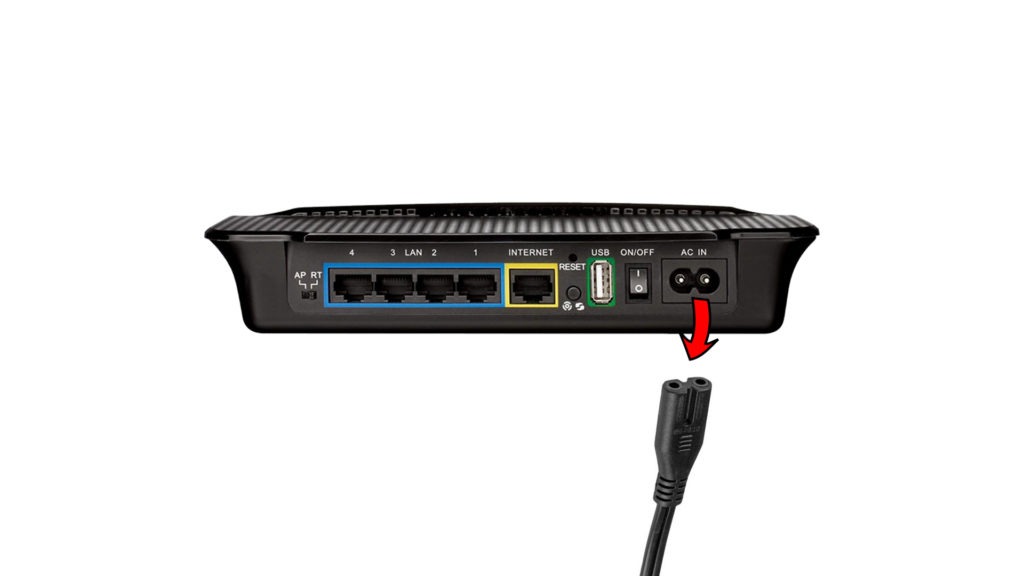
Go back to iMessage afterward and check if the problem is solved.
3. Check Apple Servers.
Since iMessage is an online service, it relies on Apple’s servers to deliver features and messages to users. If iMessage is not working on your Mac, try to check the status of the service.
Head to Apple’s System Status page and see if iMessage is available. If there’s an issue with the servers, you’ll see an orange or red marker beside the service.
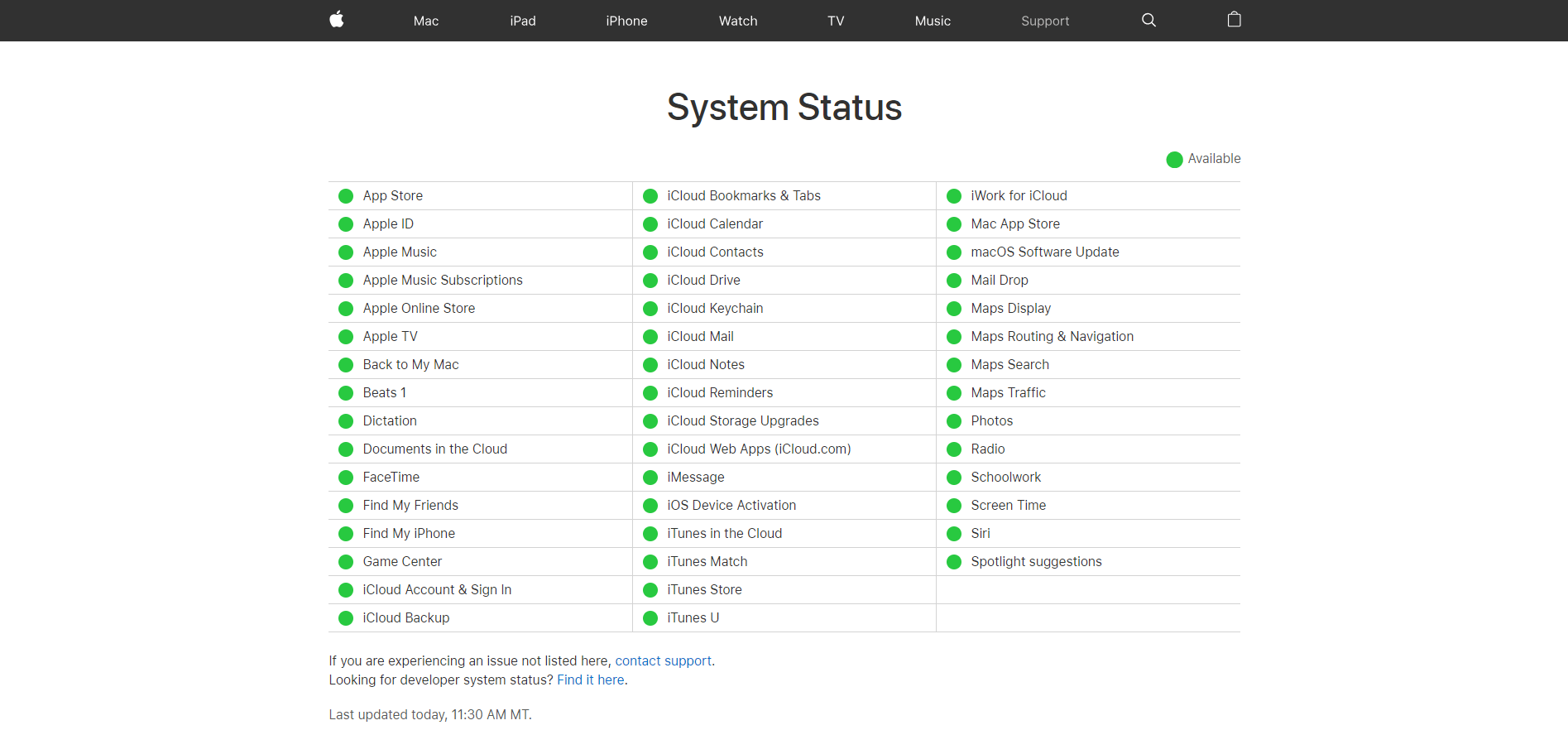
Unfortunately, server-related problems can’t be resolved on your end. This means that the only option you have if iMessage’s servers are down is to wait.
4. Check Date and Time Settings.
Like any online platform, iMessage may stop working if your date and time settings are not correctly set. The servers might not allow your device to connect if it reports the wrong date and time.
To fix this, follow the steps below to change your date and time settings:
- First, click on the Apple logo on the upper left corner of your screen.
- After that, choose System Preferences.
- Now, click on Date & Time.
- To change your settings, click the Lock icon on the lower left corner of the window.
- Lastly, ensure that ‘Set Date & Time Automatically‘ is enabled.
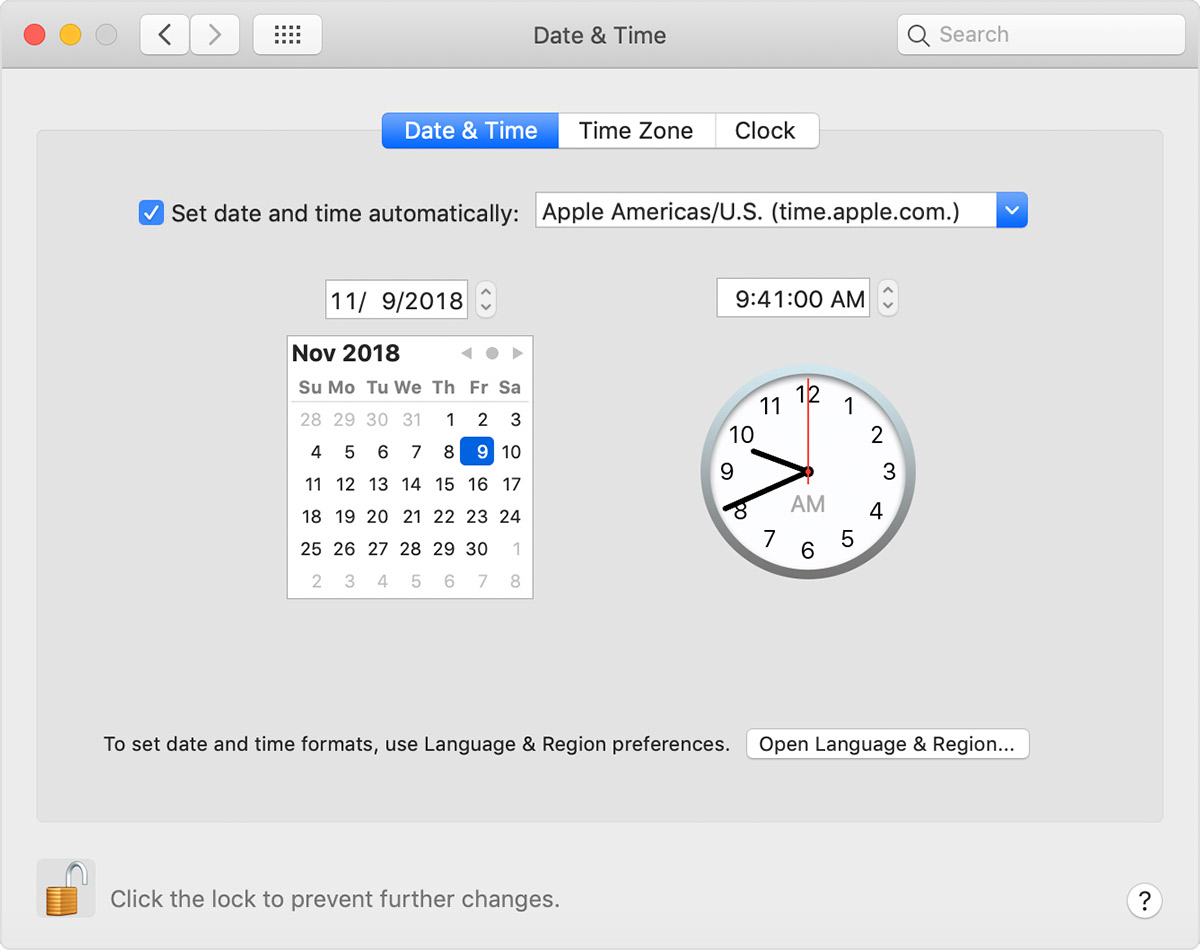
Once done, go back to iMessage to check if the problem is solved.
5. Disable Third-Party Security Software Temporarily.
Unlike your iOS and iPadOS, you have the option to install third-party security software on your Mac, such as an anti-virus or firewall app.
Although this is not required as the in-built security on macOS is enough, for those who are precautious of security, you may have another security layer installed for sanity’s sake.
However, at times the third-party security software that is installed may not play well with macOS and instead can hinder you from sending and receiving a message using the iMessage application. To verify if this is the case, you can try to disable the security software first then proceed to test using your iMessage as you usually would.
If you can send and receive messages on iMessage after that, you may need to call your third-party security software’s support and let them know that the security software is blocking access for iMessage. They will help you out configure the settings of the software so it won’t affect your iMessage app.
6. Check Accounts in Sync Devices.
There is also the possibility that there are conflicts between your iMessage app on your Mac and the one on your iPhone (or iPad). Since you are using the same Apple ID on all your Apple devices, it is advisable that you use the same accounts to avoid confusion.
For iPhone and iPad:
- Go ahead and tap the Settings of your iPhone or iPad.
- Then, scroll down and tap Messages option.
- Now, make sure that iMessage is enabled. If not, toggle the button to enable it.
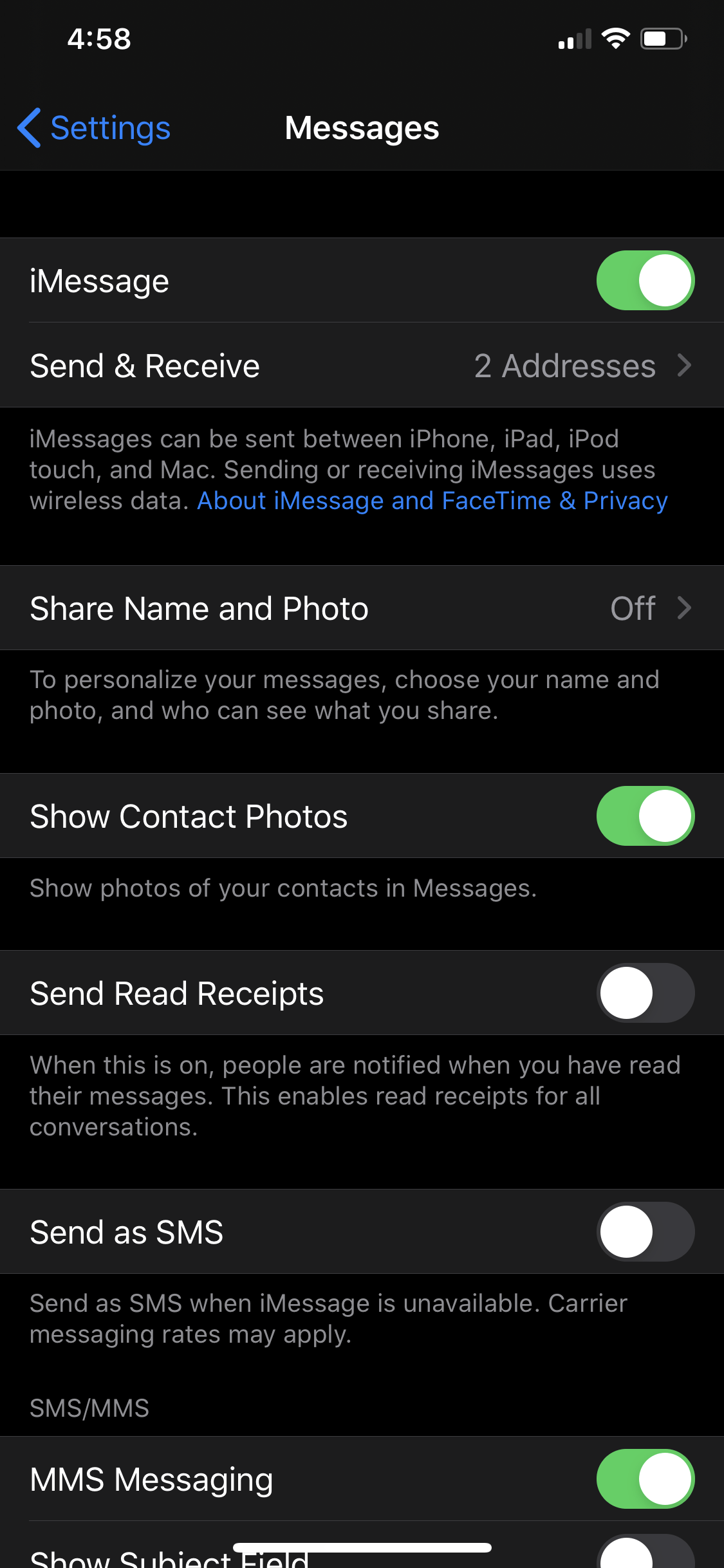
- Finally, tap the Send & Receive option and check the account you are using.
For Mac:
- Go ahead and click on the Messages tab on your Mac.
- Then, click on Preferences on the drop-down menu.
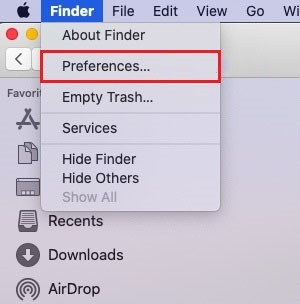
- Now under Accounts, select iMessage from the left sidebar then select the Settings tab.
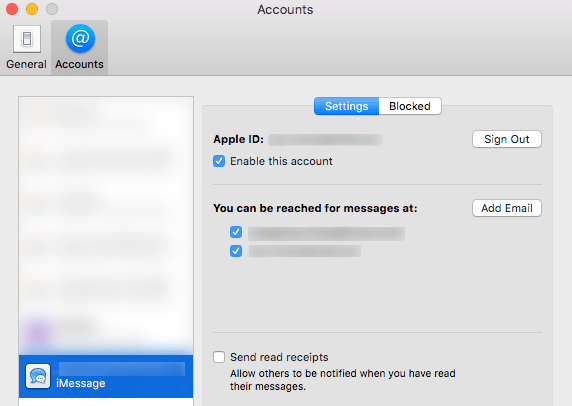
- Finally, check the account that is currently in used if it’s the same as on your other Apple devices. If not, try to sign in to right account.
Now that you can check the account settings on your iMessage app, you should be able to use it with no issues.
7. Force Quit the App.
You may or may not have already tried this but force-quitting your iMessage app can help if it is stuck or buggy.
Here’s how you can force-quit your iMessage app:
- Go ahead and click on the Apple menu on your Mac.
- Then, select and click the Force Quit option.
- On the list of applications, click on the Messages app and click on the Force Quit option.
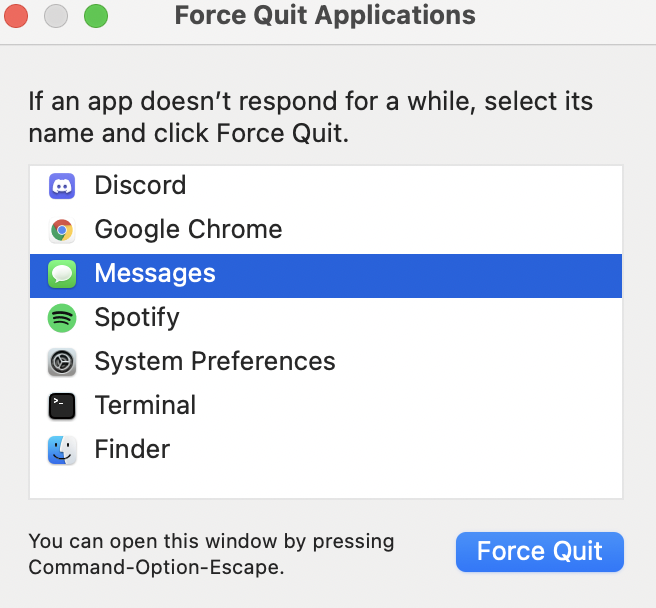
- Finally, relaunch your iMessage app and do a send/receive message test.
Try sending a few messages to your contacts to see if the problem is solved.
8. Restart Your Mac.
Again, you may have already tried this, but for those who haven’t, a restart of your Mac can solve most of the problems it’s having. Your computer might likely have reached the maximum limit of its resources. This usually happens when your computer has been running for days, and you haven’t restarted it since.
So to fix this, click on the Apple menu on your Mac and click on the Restart option.
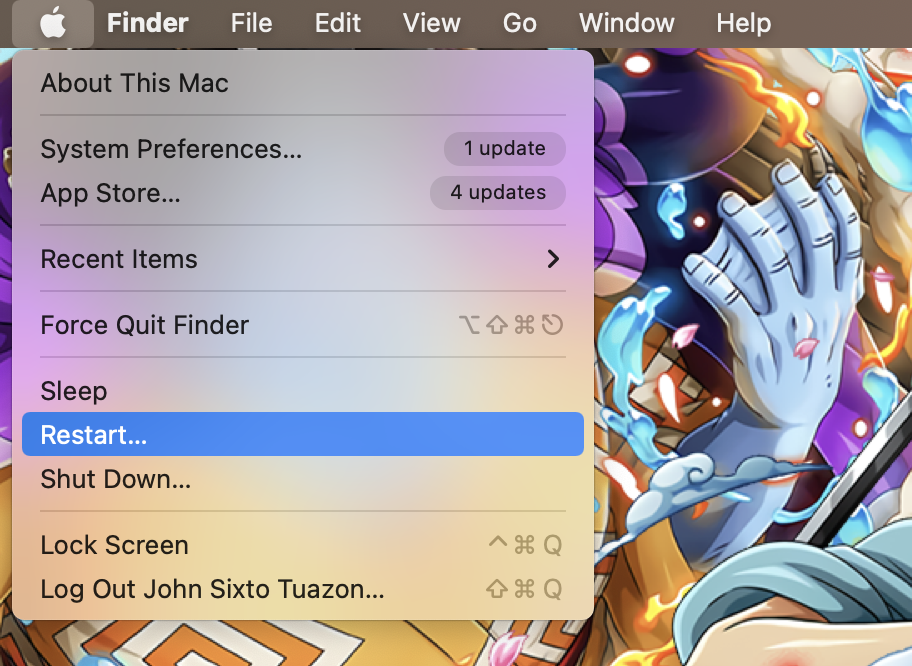
With this, your computer will offload the resources and will be able to start new tasks after startup. Once you have restarted your Mac, you should be able to use any application, including iMessage, without issues.
9. Re-Login to Your Apple ID.
A few users found this solution to be effective, which was initially shared on the forums. By logging out of your Apple ID and then logging back in, you will be able to refresh the data and patch up any interruptions or corrupted data that may have been stuck with the account.
It’s relatively easy to log out and log back into your Apple ID account, here’s what you do:
- Go ahead and click on Messages on the menu at the top screen.
- Then, click on the Preferences option.
- Now click on the Accounts tab and click the Sign Out button.

- Finally, sign back in and make sure to check the Enable this account checkbox. Once you’re in your iMessage account, try testing the send/receive features and see if you’re able to do it.
Go back to iMessage afterward and check if the problem is solved.
10. Update macOS to Latest Version.
Since iMessage is an app that is directly tied to Apple’s ecosystem, therefore you must make sure that your macOS version is kept updated for the new patches to take effect for the iMessage app too. The chances are that if Apple did release a new update, they might have already patched the iMessage issues up.
To check if there are any pending macOS updates, click on the Apple logo on your computer, then click on System Preferences and select Software Update.
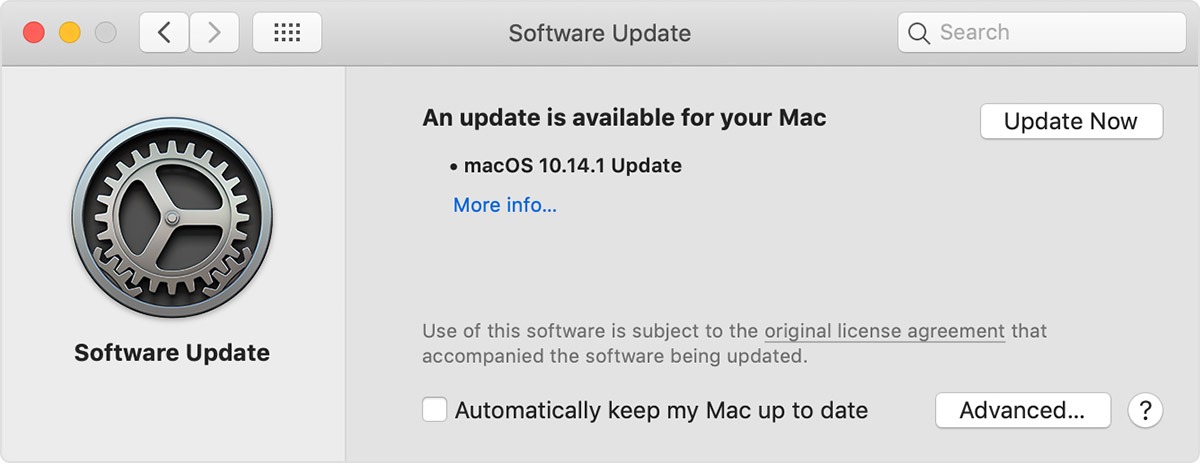
You will be prompted with instructions to complete the installation process.
Once you’ve updated your macOS, try using your iMessage once again and see if the issues are still present.
11. Contact Apple Support.
You always have the option to avail the services of Apple-certified technicians at the nearest Apple Store. Now before you do, make sure you check your warranty options. It’s important to understand the options that are available to you as well as whether you qualify for any discounts or free repairs. For instance, if you just bought your new Mac then you have up to 14-days for returns and refunds, should you wish to use it.
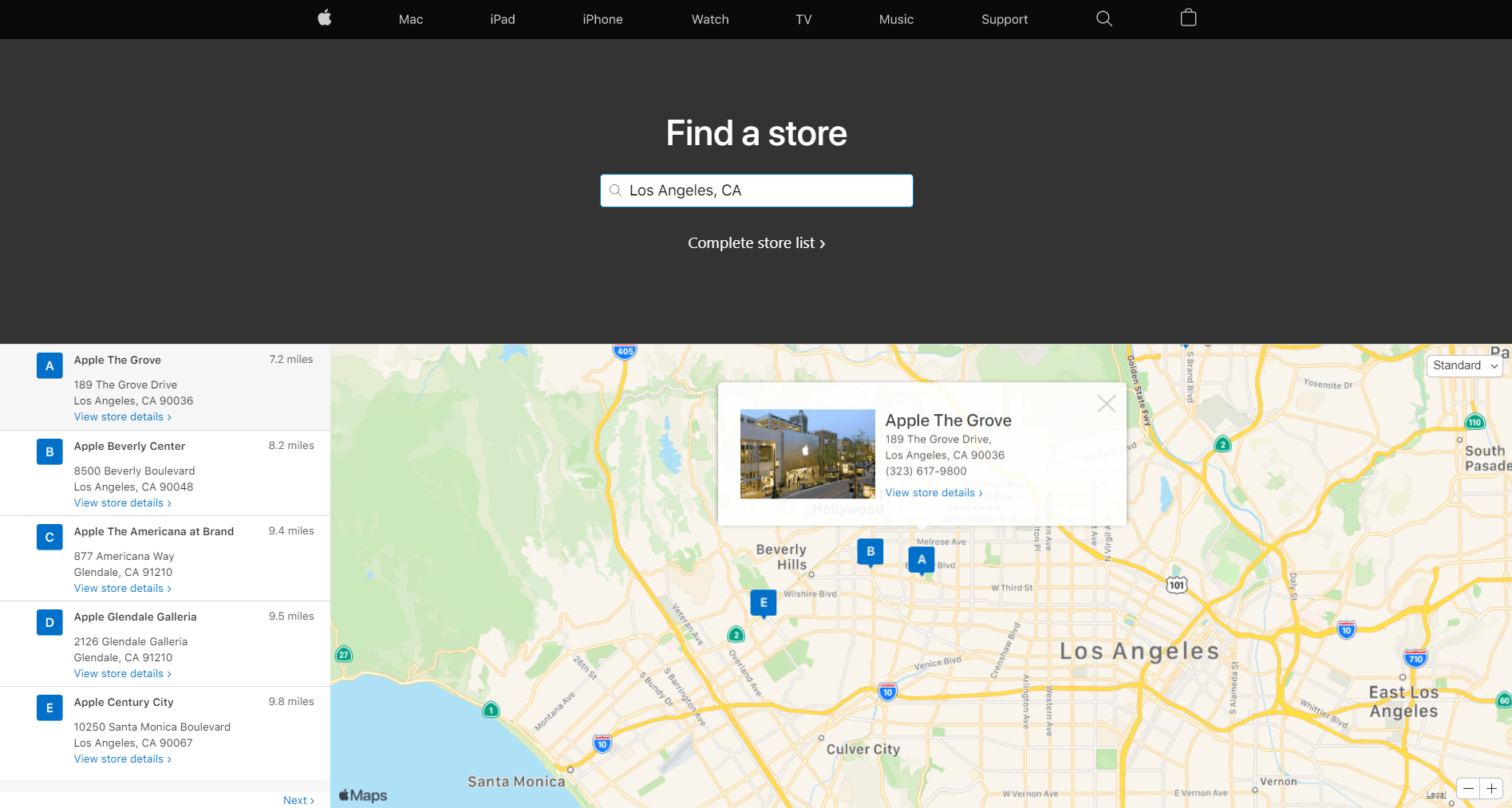
That ends our guide on how to fix iMessage if it’s not working on your Mac. If you have questions, let us know in the comment section, and we’ll do our best to help.




